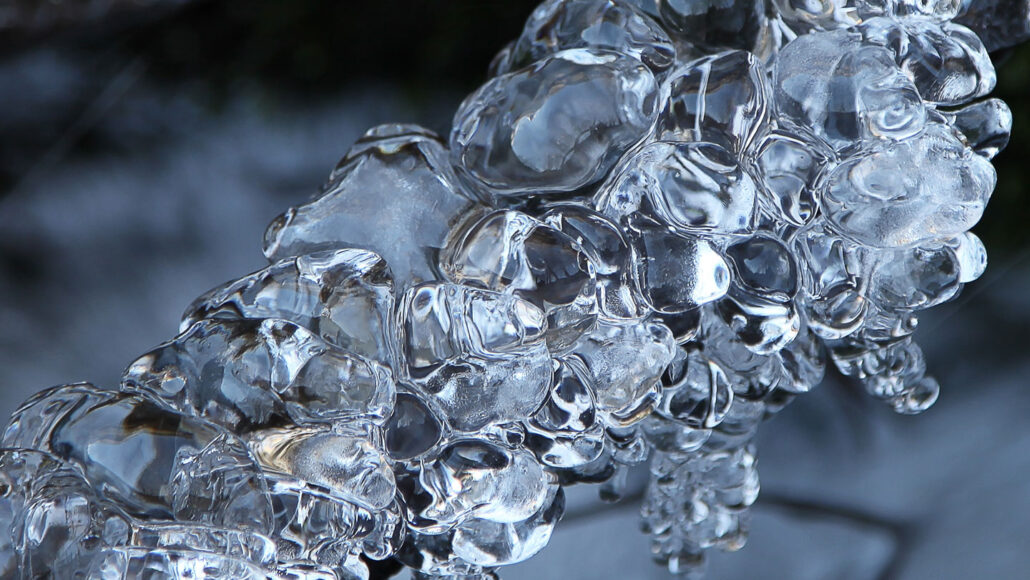Let’s learn about the weird science of ice
Plain old water ice behaves in some pretty strange ways

Icicles can sometimes look pretty odd. Research is revealing why.
Marina Sorohan/istock/Getty Images Plus
Ice is such a familiar substance that you might think science has it all figured out. But researchers are still learning some pretty weird things about plain old frozen water.
For instance, did you know it’s possible to make hair-thin strands of ice that bend? Or that some icicles freeze not into sharp spikes but curved bulbs like ballet slippers? Strangely, electric charge can change the temperature at which ice freezes. And tiny needles of ice even naturally sculpt stripes and swirls into pebbled landscapes.
Knowing how ice behaves could help scientists better understand our watery world. And it could lead to insights about other ice-glazed places in the solar system. It could also lead to better deicing materials to keep people safe in wintry conditions — or even, someday, weather control.

Educators and Parents, Sign Up for The Cheat Sheet
Weekly updates to help you use Science News Explores in the learning environment
Thank you for signing up!
There was a problem signing you up.
Want to know more? We’ve got some stories to get you started:
Frozen’s ice queen commands ice and snow — maybe we can too In the Frozen movies, Elsa magically manipulates snow and ice. But scientists, too, make snowflakes. If they reinforce it, architects can build with ice and snow. (11/21/2019) Readability: 6.0
Take a look at this weird, bendy type of ice These specially grown threads of ice bend into curves, then spring back when released. (9/1/2021) Readability: 7.4
Why some icicles become scallops not spikes The newfound — and at times quirky — shapes reflect the density of water surrounding submerged ice. (2/21/2022) Readability: 6.8
Explore more
Explainer: Understanding ice ages
Here’s how ice needles can sculpt natural rock art
Zapping clouds with lasers could alter Earth’s climate
Goo-oozing deicer protects surfaces
Cellulose may keep ice cream from turning gritty in your freezer
Activities
Disney’s Elsa isn’t the only one who can build ice castles. Try this activity from our Experiments series to build your own miniature ice palace from cold water and salt.







